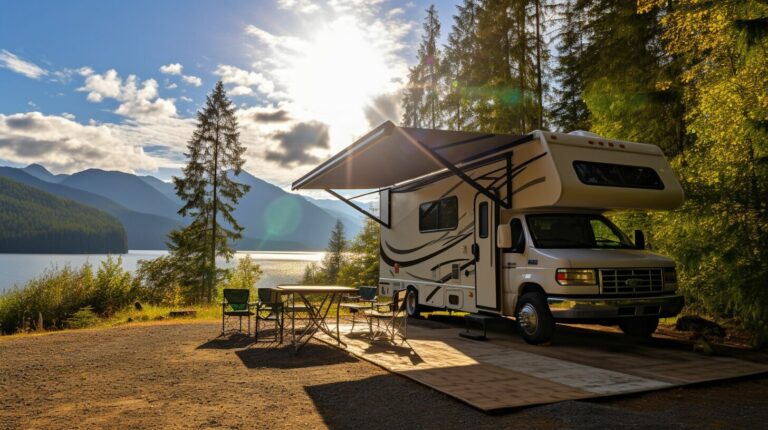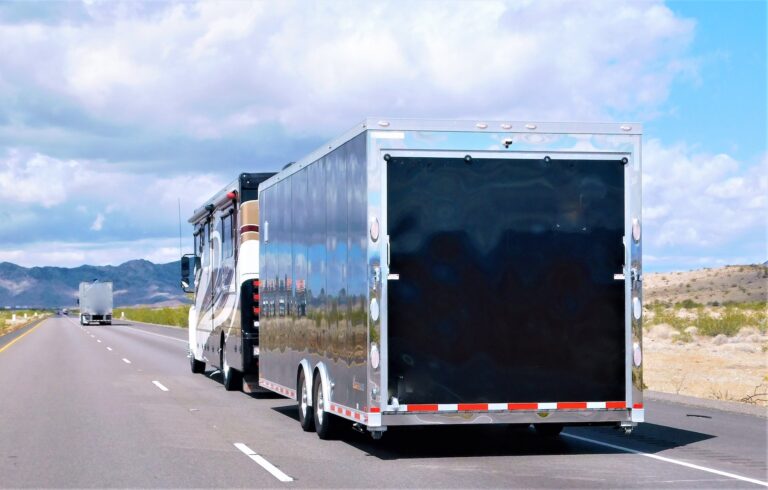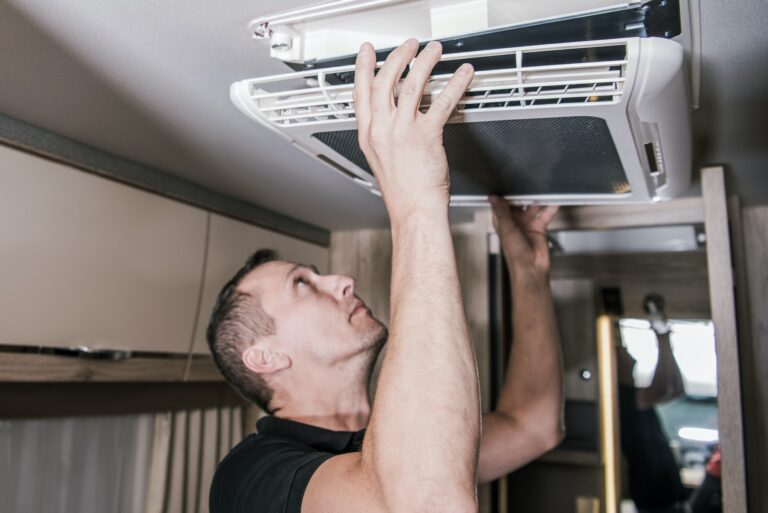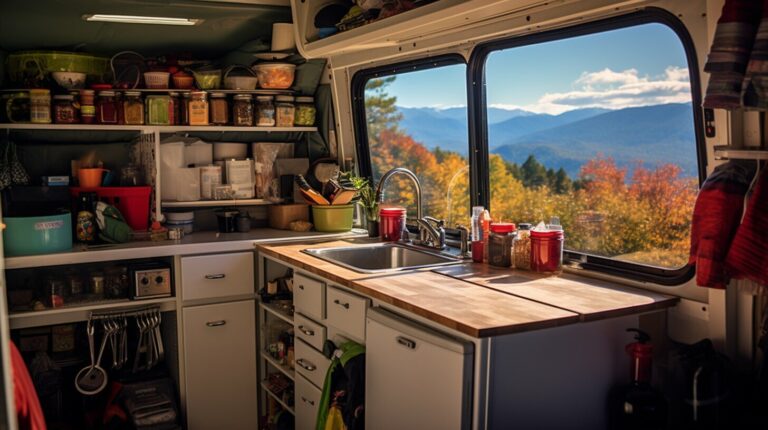For many new RV enthusiasts, the idea of towing a vehicle can be intimidating. With the right knowledge and preparation, however, towing a vehicle behind your RV can be a safe and convenient way to bring along your car, truck, or SUV for your travels. In this comprehensive guide, we’ll cover the basics of RV towing, discuss the various methods, and provide tips for mastering the art of towing a vehicle.
1. Types of RV Towing
When it comes to towing a vehicle behind your RV, there are three primary methods to consider:
- Four wheels down (flat towing): This method involves towing your vehicle with all four wheels on the ground. It’s a popular choice for its simplicity and convenience, but not all vehicles are suitable for flat towing.
- Two wheels up (dolly towing): Dolly towing involves placing the front wheels of your vehicle on a tow dolly, which elevates them off the ground while the rear wheels remain in contact with the road. This method is compatible with a wider range of vehicles but may be less convenient than flat towing.
- Four wheels up (trailer towing): Trailer towing involves loading your vehicle onto a flatbed trailer, with all four wheels elevated off the ground. This method is suitable for most vehicles but can be more difficult to maneuver and requires additional storage space for the trailer.
2. Determine Your RV’s Towing Capacity
Before you begin towing a vehicle, it’s essential to understand your RV’s towing capacity. Exceeding this capacity can lead to dangerous situations and damage your RV. To determine your RV’s towing capacity, consult your owner’s manual or contact the manufacturer for information.
3. Choose the Right Towing Method for Your Vehicle
Once you know your RV’s towing capacity, you need to determine which towing method is suitable for your specific vehicle. Consult your vehicle’s owner’s manual or contact the manufacturer to determine the recommended towing method.
4. Essential Towing Equipment
Regardless of the towing method you choose, you’ll need some essential equipment to ensure a safe and secure connection between your RV and the towed vehicle:
- Tow bar, tow dolly, or trailer: Depending on your chosen towing method, you’ll need a tow bar (for flat towing), a tow dolly (for dolly towing), or a trailer (for trailer towing).
- Safety cables or chains: These provide a backup connection between your RV and the towed vehicle in case the primary connection fails.
- Wiring harness and tow lights: To stay in compliance with road safety regulations, you’ll need a wiring harness to connect your RV’s lighting system to the towed vehicle’s brake lights, turn signals, and taillights.
- Auxiliary braking system: Some states and provinces require an auxiliary braking system for towed vehicles to help maintain control and reduce stopping distances.
- Tow vehicle protection: A rock guard or tow shield can protect your towed vehicle from road debris damage while traveling.
5. Tips for Mastering the Art of RV Towing
Now that you have a basic understanding of RV towing methods and equipment, here are some tips to help you master the art of towing a vehicle:
Tip 1: Practice makes perfect
Before hitting the open road, find an empty parking lot or quiet street to practice towing your vehicle. Take the time to familiarize yourself with how your RV and towed vehicle handle together, including backing up, turning, and stopping.
Tip 2: Allow for extra stopping distance
When towing a vehicle, your RV’s stopping distance will be longer due to the additional weight. Be sure to allow for extra space between your RV and the vehicle in front of you, and brake sooner than you typically would when driving your RV alone.
Tip 3: Wider turns are a must
With a vehicle in tow, your RV will require more room to complete turns. Be conscious of your turning radius and give yourself extra space when navigating corners, particularly in tight spots like gas stations or campgrounds.
Tip 4: Monitor your towed vehicle
Regularly check your mirrors to ensure your towed vehicle is tracking properly and securely connected. Consider investing in a rearview camera system to provide an additional visual aid while towing.
Tip 5: Plan ahead for parking and maneuvering
Towing a vehicle can make parking and maneuvering your RV more challenging. Plan ahead by researching campgrounds and parking areas that accommodate RVs with towed vehicles, and consider using a spotter when backing up or navigating tight spaces.
In Conclusion
Towing a vehicle behind your RV can seem daunting at first, but with the right information, equipment, and practice, you can safely and confidently tow your vehicle on your adventures. To recap, here are the key points to consider when learning the art of RV towing:
- Understand the different types of RV towing methods: flat towing, dolly towing, and trailer towing.
- Determine your RV’s towing capacity before choosing a towing method.
- Consult your vehicle’s owner’s manual or contact the manufacturer to determine the recommended towing method for your specific vehicle.
- Invest in essential towing equipment, including a tow bar, tow dolly, or trailer, safety cables or chains, a wiring harness and tow lights, an auxiliary braking system, and tow vehicle protection.
- Master the art of RV towing by practicing in a safe environment, allowing for extra stopping distance, taking wider turns, monitoring your towed vehicle, and planning ahead for parking and maneuvering challenges.
By following this guide and taking the time to properly prepare, you’ll be well on your way to enjoying the freedom and convenience of towing a vehicle behind your RV. Safe travels!






